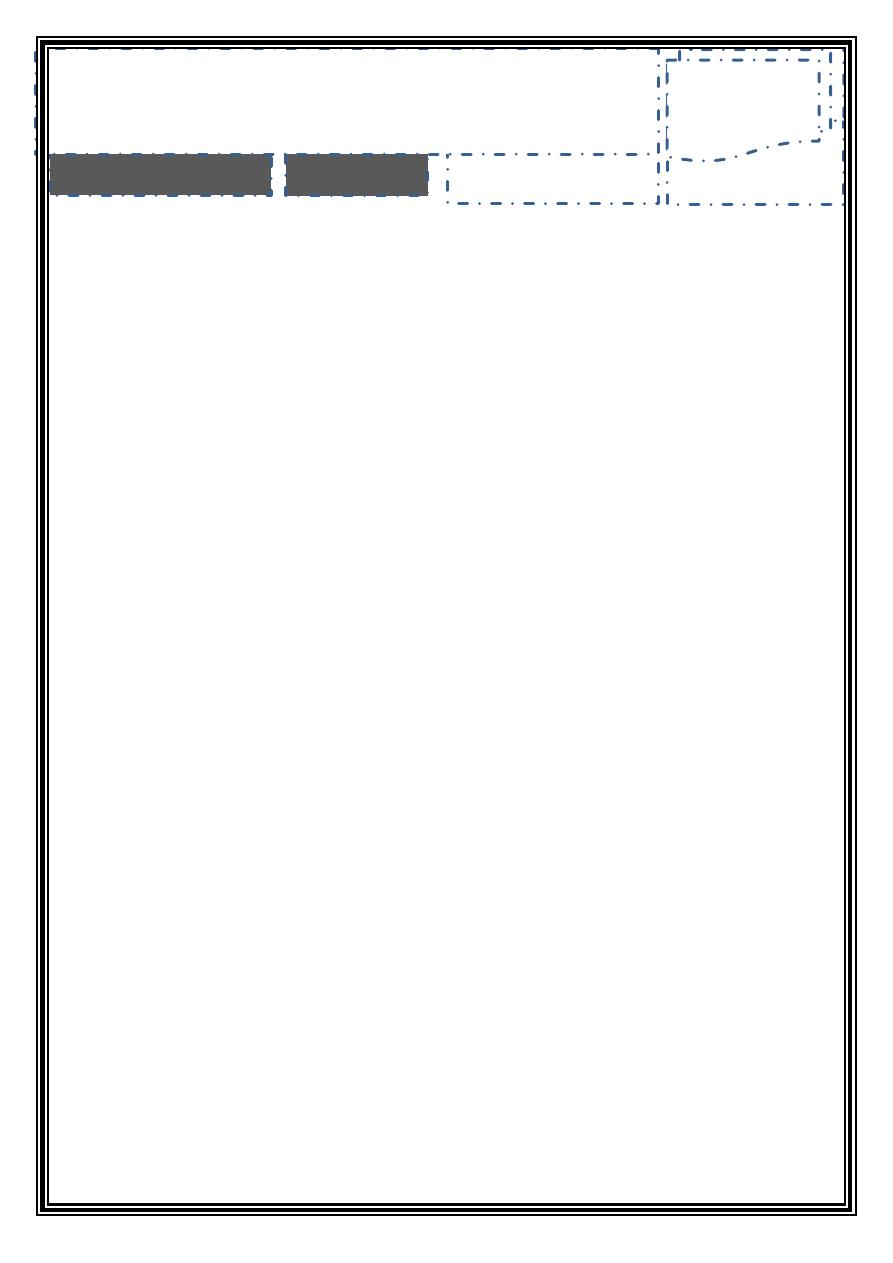
Page1
TMJ
: Is a diarthrodial articulation between condyle of mandible and squamous
portion of the temporal bone, it is a true synovial joint and has common features
with other synovial joints of the body.
It is a special type of joint where the articulation occur between the head of condyle
of the mandible and the glenoid fossa of the temporal bone
This joint has special characteristic features that make it differ from other joints in
the body
Anatomic features
1. The articulating surface is covered by avascular fibrous tissue, with small
number of chondrocytes so it is designated as fibrocartilagenous
2. The articulating surface of bone are complex which carry teeth where there
shape and position determine the movement of mandible, whereas other joint
connected with muscles and ligament only
3. It has bilateral articulation with the cranium so there are right and left joint
acting as one unit
4. the joint is considered as complex because each joint has articulating disk
between glenoid fossa and condyle that divide the joint into two
compartments upper and lower
The disk is divided into three parts
a. Anterior part 2mm in thickness
b. Middle part 1mm in thickness
c. Posterior part 3mm in thickness (this help in prevention of condylar
dislocation). The posterior part of the disk is called retrodiscal area, which is
highly vascular and highly innervated therefore if trauma subjected to TMJ will
cause pain. The retrodiscal area is divided into superior and Inferior retrodiscal
lamina
Oct 10 & 11
.د
ﻏﺴﺎن
5 Sheets / 250 I.D.
ﻃﺐ
ﻓﻢ
-
ف
١
1
Disorders of TMJ
part 1 and 2

Page2
Ligaments of TMJ
1. Discal ligament have medial and lateral heads. Function of it is to prevent
displacement (dislocation)and maintain stability of the disc, also maintain
synovial fluid in its position
2. temporomandibular ligament: originate from zygomatic arch to head of
condyle, function to protect the retrodiscal area and prevent excessive
protrusion of mandible
3. sphenomandibular and stylomandibular ligaments: accessory ligaments and
act to limit mandibular protrusion
4. Capsular ligament: this ligament covers all the joint, function is to protect the
TMJ from trauma and dislocation in downward laterally. It is covered by
synovial membrane which produce synovial fluid (filtrate of plasma with mucin
and protein and mainly hyaluronic acid)
Function of synovial fluid:
1. Decrease friction of the joint
2. Nutrition to the joint, the synovial fluid replaces the action of blood vessels
and lymphatic vessels
3. Shock absorber
Muscles of mastication
Muscle
Origin
Insertion
Function
Temporalis
Temporal lines
Coronoid process
Closing, retrusion
Masseter
Inferior border of
zygomatic arch
Angle of mandible
laterally
Closing, strongest
muscle in body
M. Pterygoid
Medial surface of lateral
pterygoid plate
Angle of mandible
medially
Closing
L. Pterygoid
lateral surface of lateral
pterygoid plate
Condylar neck and
disc
Opening, lateral
movement
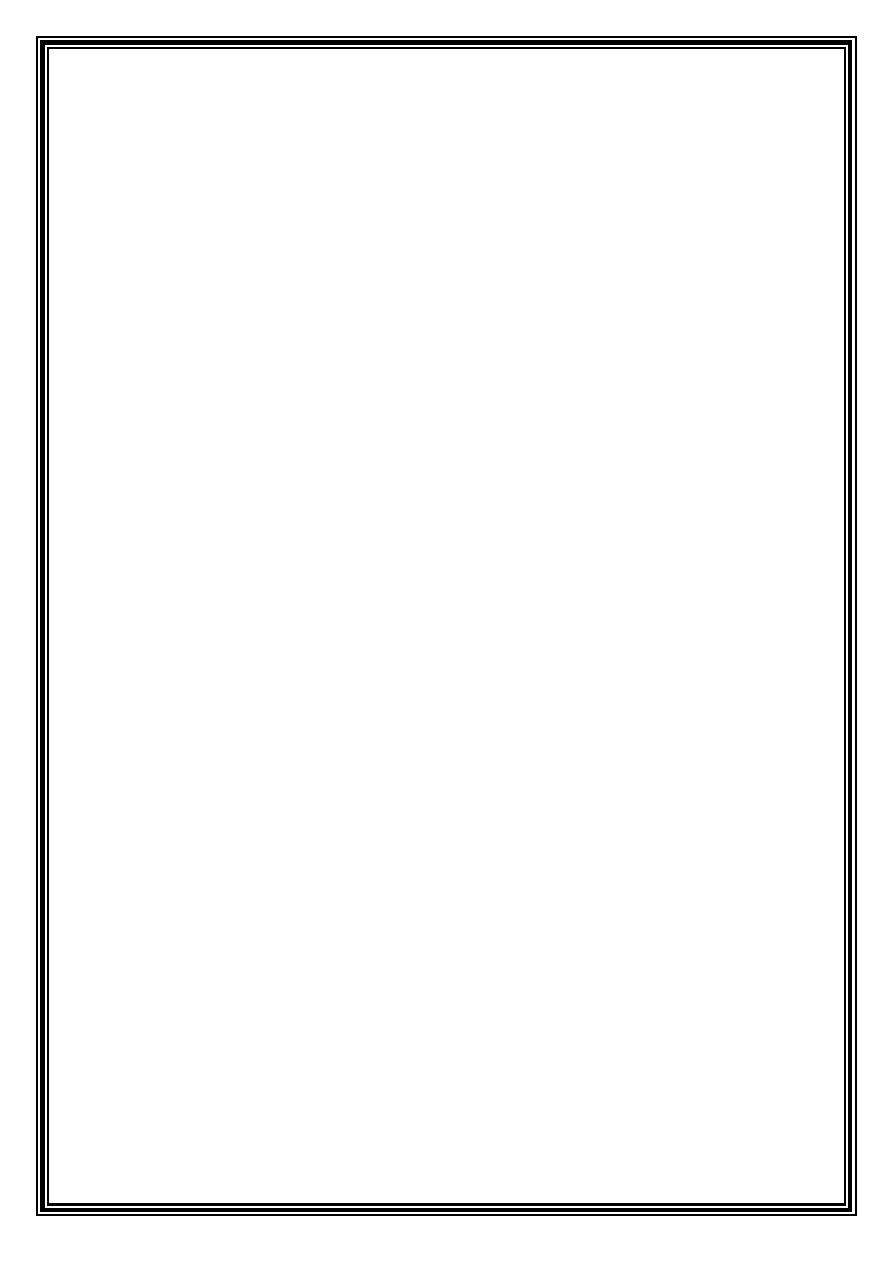
Page3
Diseases of TMJ:
A- Intracapsular disorders
B-Extracapsular disorders
A- Intracapsular disorders of TMJ
(
Developmental, Infectious, Traumatic,
Inflammatory, Neoplastic)
1.
Developmental
:
agenesis, hyperplasia, hypoplasia
Sign and symptoms
a. limitation of opening and pain as in hyperplasia
b. freedom of eccentric movement (excursion) as in hypoplasia
c. anterior open bite and inability to close to most fixed retruded position
Dx: is confirmed by X-ray
2.
Infectious diseases:
as in bacterial infection, these diseases are not common
Sign and symptoms
a. Signs inflammation (hotness, redness, swelling, pain , loss of function)
b. deviation of mandible during opening due to swelling and to overcome pain
c. clicking of joints
Dx: History, clinical examination, culture and sensitivity
Rx: Antibiotics
3.
Traumatic disorders
(subluxation, Luxation, ankylosis, injury to articulating
disc, fracture of the condyle)
a. Subluxation: is anterior positioning of head of condyle to articular eminence
and patient can retrude the mandible to its physiological position
b. Dislocation: Anterior positioning of the head of condyle to the articular
eminence, but the patient cannot return the mandible to its physiological
position, unilaterally or bilaterally
Sign and symptoms: False class III, Pretragus notch, Drooling of saliva,
Improper speech, Hard lock, Malocclusion, Pain
Rx:
1.
Muscle relaxant and analgesics
2.
Repositioning of the condyle (reduction) done by putting the thumb at
the buccal shelf area of the mandible and other hand support the lower
border of it, the mandible is then moved downward, backward and
upward. Bandage is applied around the head
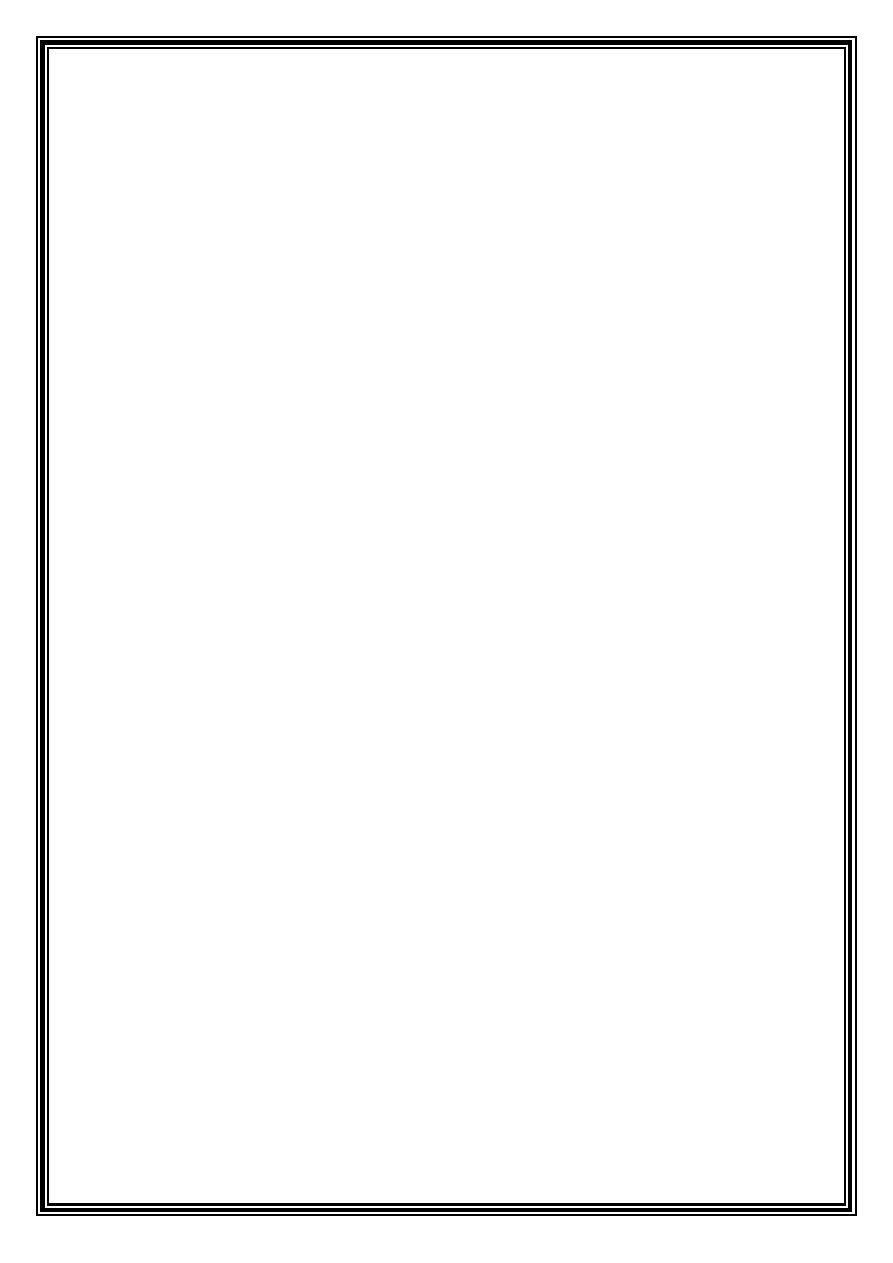
Page4
3.
If the dislocation is of chronic type, we inject intracapsular sclerosing
agent (tetradecyl sulfate, sodium salicylate, normal saline, blood)
4.
If all above procedures are not effective , surgery is done (eminectomy)
c. Ankylosis: it is a complication that affects the function of the joint, it may
result from trauma. It is unilateral or bilateral, fibrous or bony ankylosis,
fibrous ankylosis is easier to treat
d. Injury to TMJ occurs to capsular ligaments, soft tissue, disk or synovial
membrane. Some traumas may cause perforation to the disc. Destruction
occur to disc during opening, yawing, trauma, overusing of TMJ for long time
(as in surgery and dental restoration)
Dx of perforation: By arthrography: injection of iodine at the superior joint
compartment and asking the patient to open and close to see perforation
e. Fracture of head of condyle: occur if TMJ was subjected to heavy trauma
Sign and symptoms: Pain, asymmetry in face, swelling, limitation during
opening and closing, deviation of the mandible to the affected site
4. Inflammatory disorders (
RA, OA, Inflammation due to specific infection)
a. Rheumatic arthritis (RA): chronic disease that affect middle age group, the
origin of which is unknown, but it may result from immunological reaction
Clinical features: affect middle age group, female more than male, swan neck,
affect both joints (bilaterally), there is limitation and difficulty in opening and
chewing.
Morning stiffness that may last for 1 hour and then subside, pain could even be
experienced during rest and chewing. Anterior open bite is also present due to
capping loss (destruction of articular surface of the condylar head) .This occurs
in late stages due to increased joint space. There is a finding of a spindle-
shaped swelling of the involved joints. The proximal interphalangeal joints are
most commonly involved. The joints that are affected with RA become red,
swollen, and warm to the touch.
Dx: by taking X-ray, in early stages nothing appears because no destruction
occur to the bone and the defect is only in soft tissue where there is thickening
of the synovial membrane and fluid accumulation that leads to pain without
radiographic changes , this is called pannus reaction.

Page5
In late stages there is a change that can appear radiographically due to
destruction of cortical surface of condyle and there is increase in joint space
that leads to open bite and this is called capping loss
Rx
1. NSAIDs to decrease pain
2. intraarticular Injection of steroid (prednisolone)
3. Using gold salt, cytotoxic drugs
4. Surgery by replacement of the joint
b. Osteoarthritis (OA)
It is a degenerative disease of the bone associated with excessive pressure and
aging that leads to osseous remodeling (osteophyte formation), so destruction
and formation of new bone occurs leading to changes in condylar shape.
Sign and symptoms
1. Almost always unilateral
2. Affect old age patient
3. Pain worsen during the day
4. Pain causes limitation of the joint
5. Crepitation
6. Deviation of mandible
7. Heberden's nodes: nodular protrusion at the distal interphalangeal joints
Radiograph: shows decrease in joint space and flattening of condylar surface
Rx
1. Analgesics
2. Intraarticular injection of steroids
3. Bed rest, soft diet, gradual addition of muscles exercise to promote
normal function of mandible
4. Splint to cause anterior repositioning of condyle
5. Surgery (very rare)
5. Neoplastic disorders
It is a rare disease, either primary (very rare) and secondary (metastatic)
Diagnosis: by clinical features, X-ray, biopsy
Why do we inject the
medication inside the capsule?
1.
Less dose is used
2.
Less side effects of drug
3.
Highly effective
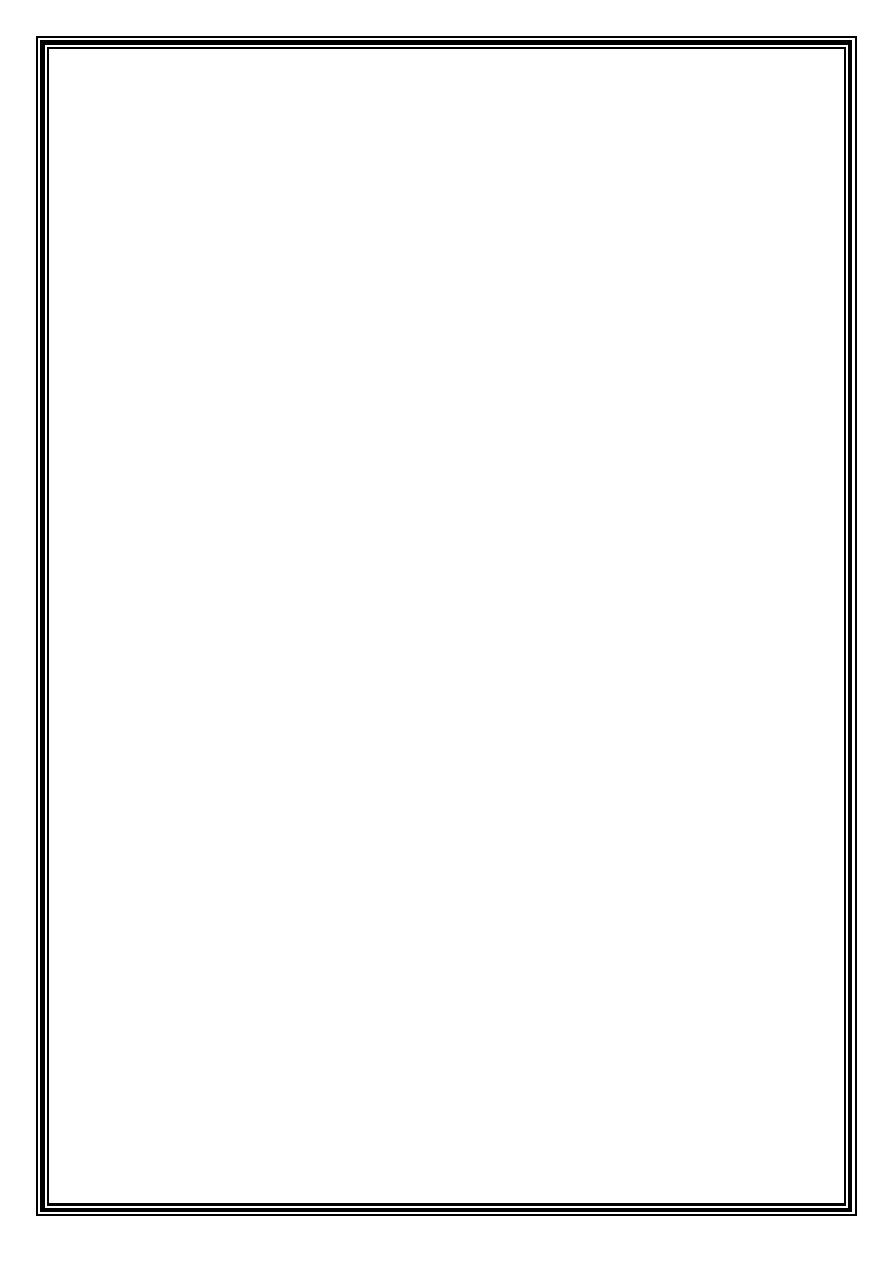
Page6
B -Extracapsular disorders of TMJ
Also called myofascial pain dysfunction or TMJ dysfunction syndrome TMDS
The prevalence of this disorder is wide and very common affecting young age people
and in male more than female in a ratio of 2:1
The age is about 14-25 years. And in civilized people more than rural ones
Symptoms:
1. Pain
during mastication and speech. Patient feels discomfort and pain in his. Also
pain during mandibular movement
Type of pain is acute or chronic, sharp or dull, unilateral or bilateral, localized or
diffused according to patient.
2. Joint sound:
there are two types of joint sound:
A. Clicking which is single joint sound
B. Crepitation which is gravel like sound or multiple
Etiology is still not fully understood, but it may be due to:
C. Uncoordinated contraction of the two heads of the lateral pterygoid muscle
D. Anterior positioning of the disc
E. Organic changes as in RA and OA
3. Restricted mouth opening:
in opening or closing also for lateral movement of
mandible
• Normal opening is more than 50 mm
• Normal lateral movement is 5mm
• Limitation in opening <30mm
• Lock (patient can't open at all) <20mm
• To check muscles and TMJ tenderness use single firm touch and the pressure
about 1 pound (435 gm.) for one second, this touch has more benefits than
repeated touches because repeated touches will have an additive effect
causing pain even if patient has no problem
• Also check muscles of neck, sternocleidomastoid and digastric
4. Less frequent signs and symptoms:
A. Ear problem: pain, tinnitus, buzzing or hearing loss
B. Metallic taste
5. Muscles and TMJ pain
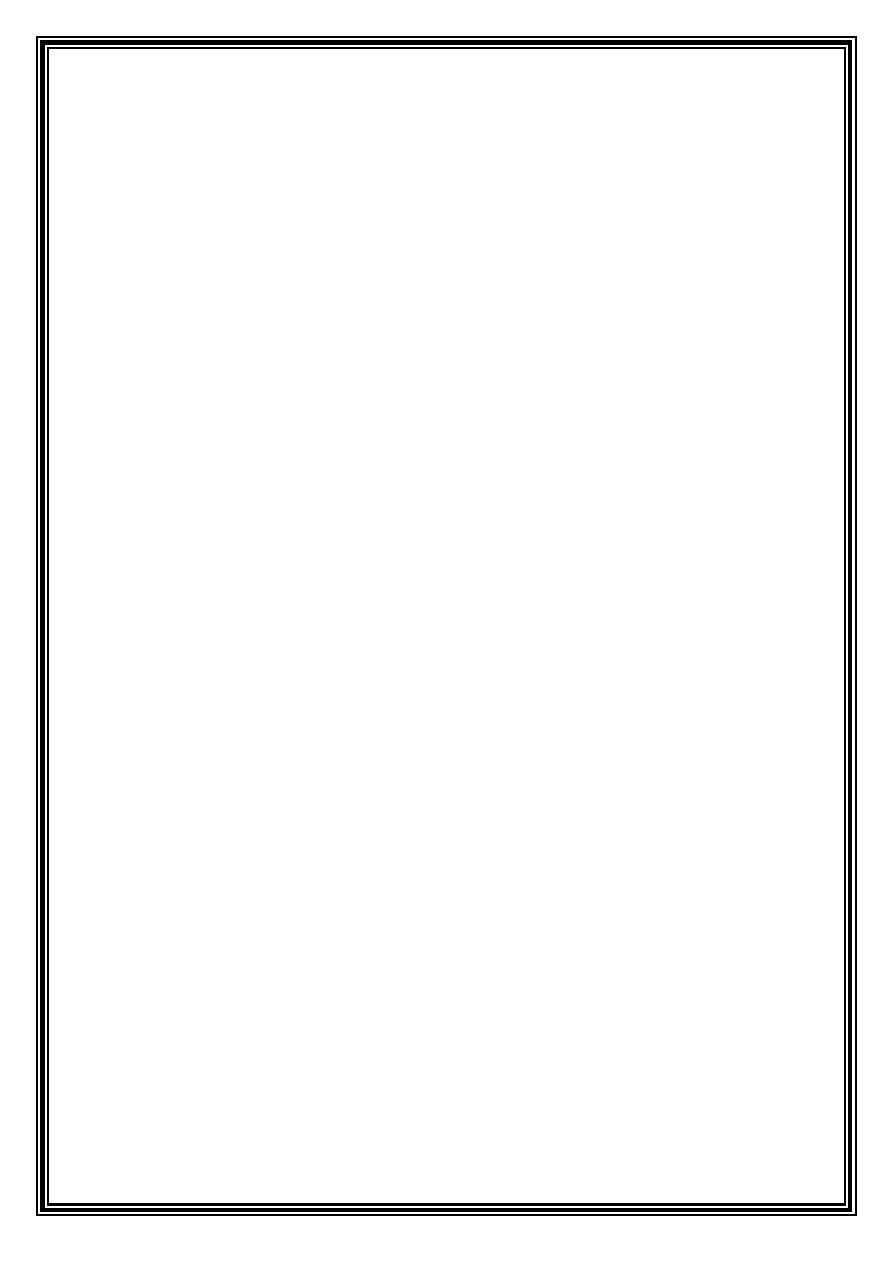
Page7
Etiology of TMDs
There are four
theories
that described the cause of TMDs:
A. Malocclusion theory: this theory states that malocclusion occur due to
posterior or anterior displacement of the condyle leading to a pressure in the
retro discal area (highly innervated) leading to pain.
This theory is pure mechanical and is the last one to be accepted
B. Neuromuscular theory: disharmony between TMJ and dental occlusion is the
cause of TMDs where the presence occlusal interference leads to
parafunctional movement like grinding, clenching or over activity of the
muscles. Stress increases them.
C. Muscular theory: introduced by Kruse in 1969, this theory suggests that the
primary cause of TMDs is muscles. Lack of muscles exercise and
overstimulation results in muscle fatigue.
D. Psychological theory: it is the most accepted theory, indicates that the primary
cause of TMDs is the CNS. According to it, muscles fatigue and spasm result is
muscle hyperactivity which is initiated centrally.
Etiology of TMDs in Iraq
ﺍﻟﺗﺭﺗﻳﺏ ﻣﻁﻠﻭﺏ
A. Habits: check bite, nail bite, object bite, lip bite, clenching, grinding
B. Loss of posterior teeth: leads to pseudo class III, condyle is displaced anteriorly
C. Trauma to TMJ
D. Malocclusion
E. Osteoarthritis
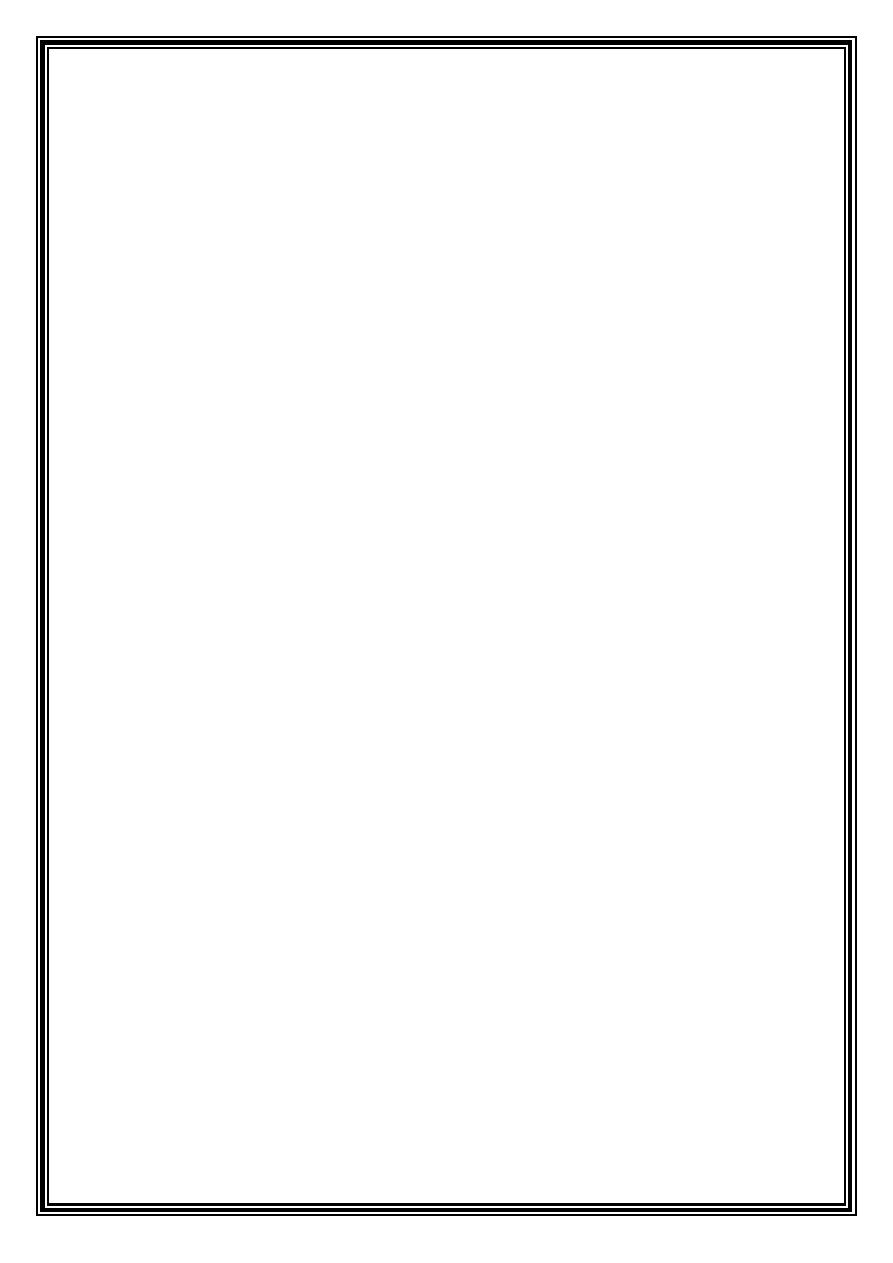
Page8
Diagnosis of TMDs
1. History
: chief complaint, HPI (onset, frequency, reliving factors, aggravating
factors), PDH, PMH, SH
2. Clinical examination:
a. Inspection: extraoral visualization to see facial asymmetry, color of sclera,
swelling, sinus, fistula, intraorally to se facet of tooth wear, malocclusion, and
to see oral mucosa
b. Palpation: for TMJ (intratragus and pretragus), for muscles of mastication
(lateral pterygoid intraorally)
3. Investigations
a. Radiographs: O.P.G, trans pharyngeal, transcranial which is the most
effective view for examining TMJ, it shows right and left condyles, each
condyle is imaged during opening and closing.
Radiographs are not always needed -as in case of myogenous TMJ problem-
because there is no radiographic change to be seen. However; it is
important for patient with RA in late stage, OA or fracture.
b. Arthrography: done by injecting contrast medium (iodine), Indicated to:
i. See perforation
ii. See morphology and position of disc
iii. Diagnose adhesion (no superior compartment)
iv. Diagnose the presence of foreign body
Disadvantages:
i. Invasive procedure (complication of injection, infection)
ii. Exposure to radiation
iii. Hypersensitivity to iodine
c. C.T scan: dose equals to 100 chest x-ray, less expensive than MRI, for bone
d. MRI: no radiation, expensive, causes claustrophobia, expensive
e. Electromyography (EMG): during muscle activity, there is a period called
"silent period", this period is prolonged with muscle spasm, the biting force
also decreases
f. Casts: analyzing occlusion
g. Arthroscope: for diagnosis and treatment, to visualize TMJ directly. It is an
invasive technique and it has complications. Drugs such as steroids and
hyaluronic acid can be injected, synovial fluid can be aspirated, treatment
can be made using laser attached to the device.
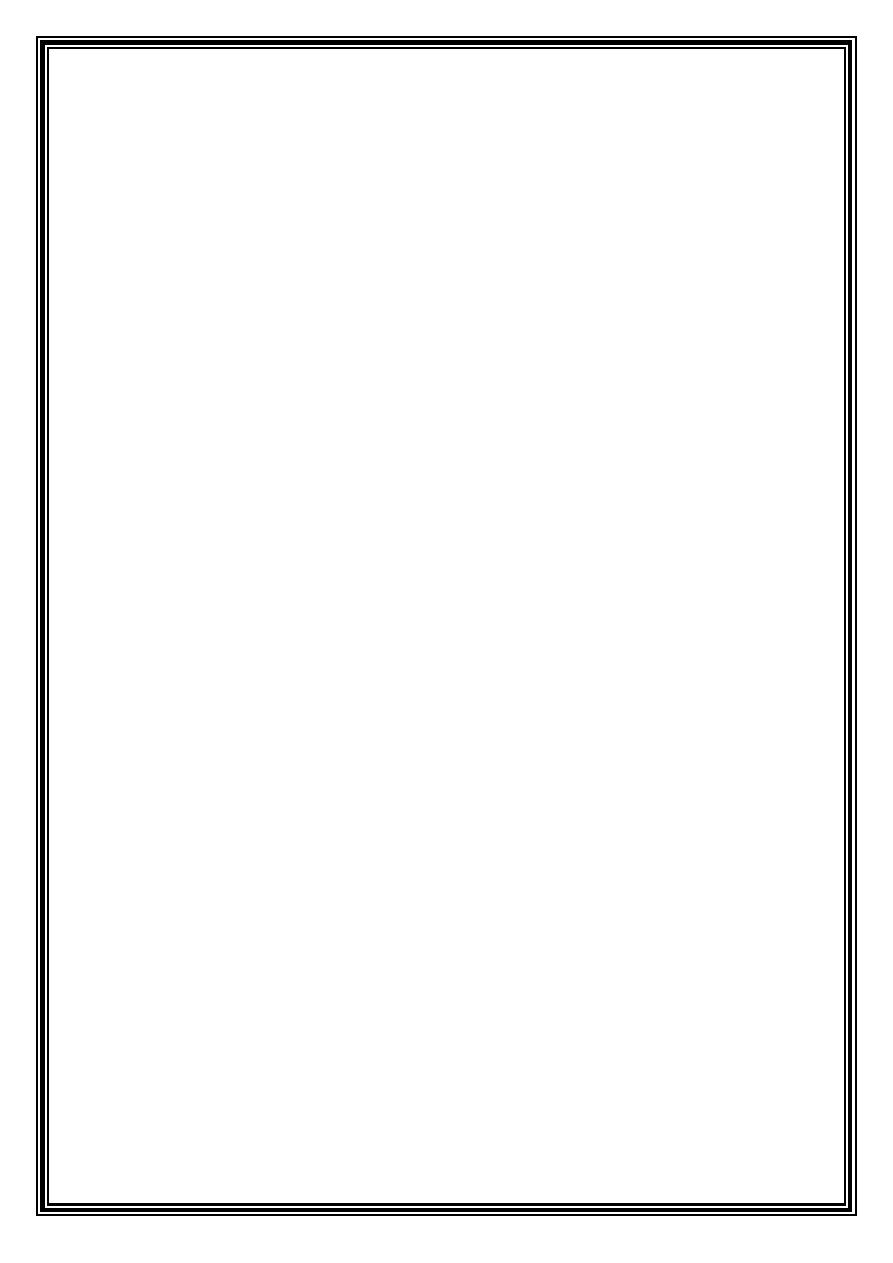
Page9
Differential diagnosis
1. Neural like trigeminal neuralgia, multiple sclerosis
2. Vascular disease: cluster headache, migraine, giant cell arteritis, angina
3. Musculoskeletal syndrome: eagle syndrome: elongation of styloid process so
the patient feels pain upon swallowing, Dx by radiograph
4. Oral problem: acute or chronic, periodontitis, pericoronitis
5. Salivary gland disease: inflammation, obstruction or tumor
6. ENT problem
7. Psychologic problem: like atypical facial pain (Buzzer pain), trotter syndrome
Treatment of TMDs:
goals of treatment are to relief pain and restore function
Recommendations of ADA: treatment should be chosen according to case with no
specific priority or sequence, options are:
1. Pharmacological therapy:
like analgesics, NSAIDs etc.
2. Physical therapy
: represent a group of supportive action for managing pain.
These involve thermotherapy (hot towel, hot packs), coolant therapy (ether,
ice pack), massage, electrical stimulation therapy, ultrasonic, EMG, bioptic
therapy
3. Splint therapy:
occlusal splint is a removable appliance made from hard acrylic
that fit over the occlusal surface and incisal surface of teeth in one arch,
creating a precise occlusal contact, use of it will reduce hyperactivity
Types of occlusal splints:
1. Resilient BP: for bruxism, athletes, mixed dentition and chronic sinusitis
2. Anterior repositioning BP: for TMJ clicking , inflammatory disorder (OA, RA)
3. Centric relation BP: for bruxism and muscle hyperactivity
For bruxism with heavy bite force we use centric relation BP instead of resilient BP
4. Exercise:
objective is to cause reflex relaxation of antagonist muscles
It is either active or passive
Active: require force, including assisted stretching, resistant and clenching exercise.
Passive: little force required, including opening, closing and lateral movement
